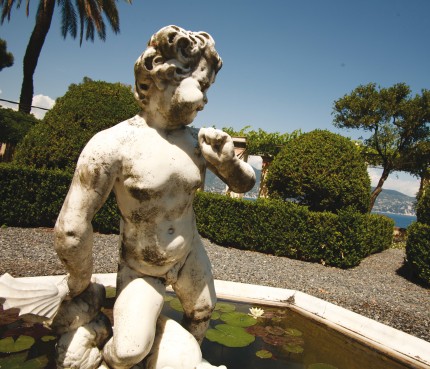
The abbey reached the height of its glory in the 1500s. For over a century, it had dominated a congregation of ten Benedictine monasteries, thus endowing the Cervara with great power and significant riches. As a result, the complex was also coveted prey for the Saracen pirates who infested the Ligurian coast during that time. The beautiful tower in renaissance style, which can still be seen to the right of the main gate, was built to defend the facility from the terrible assaults of these pirates. The Cervara complex was modified and its architectural structure was modernised numerous times over the subsequent centuries. These projects can be seen alongside the remnants of the original medieval and renaissance structures. Also, the complex changed hands many times beginning in the late 1700s. The Benedictines were driven away after Monastic Orders were banned during the French Revolution, and most of the movable property in the complex was lost. In the early 1800s, a colony of Trappist monks who had been expelled from France reached the Cervara, but they were exiled to the island of Capraia when they refused to submit to the rule of the Empire. Unfortunately, the Cervara was then allowed to deteriorate, and after being placed under the control of the Chiavari Diocese, the entire monastery complex was put up for sale in 1859. Nine years later, it was purchased by the Marquis Giacomo Durazzo, who had much of the facility restored. He then decided to sell it to the Somascan Fathers in the hope that they could restore the monastery to the glory it had once enjoyed. The Somascans carried out additional projects involving restoration and architectural adaptation, and the result is substantially reflected in what we see today. Later on, the Somascan Fathers sold the Cervara to a group of French Carthusian monks, and the new owners took great care of the abbey and its garden. However, they were forced to sell it in 1937, and the Cervara finally became a private residence. When the current owners purchased the complex in 1990, important recovery and restoration projects were begun under the supervision of the Office of Natural and Architectural Properties of the Liguria regional government. The project was designed by architect Mide Osculati, and the painted works inside the complex were restored by Pinin Brambilla Barcilon, the celebrated specialist who restored Leonardo da Vinci’s “Last Supper”.